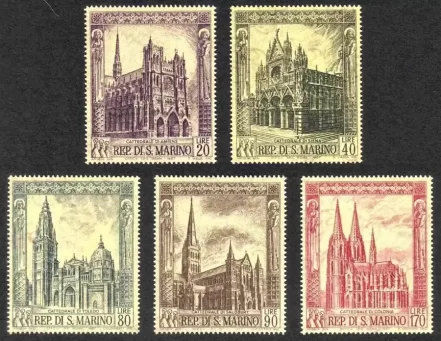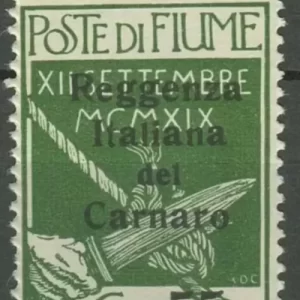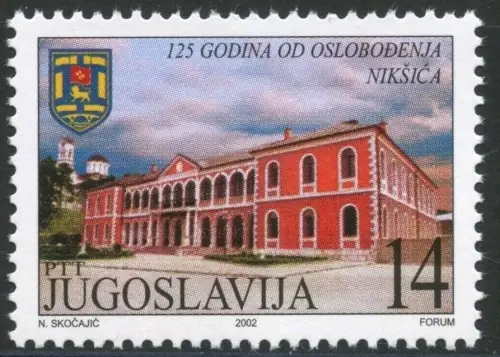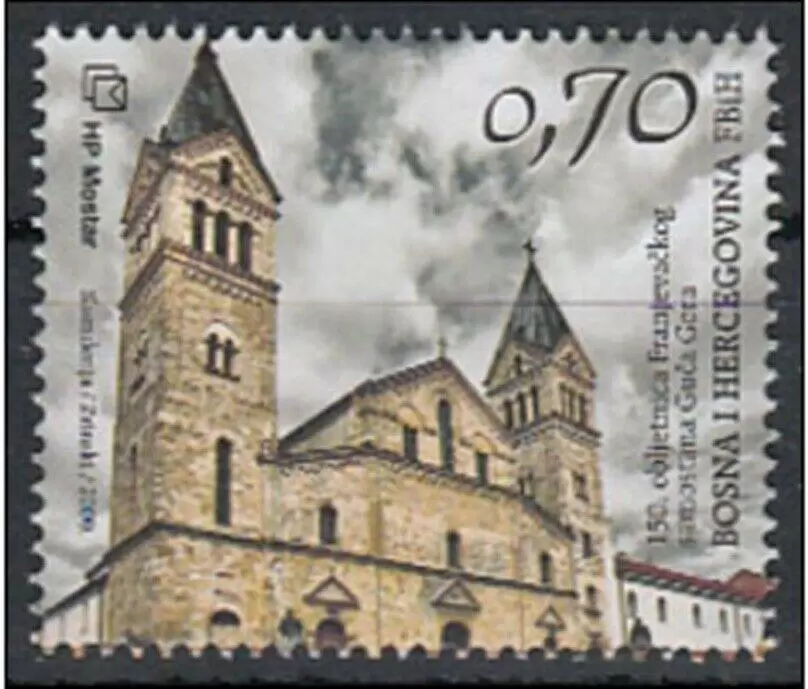San Marino 1967 stamps – Architecture / Gothic Cathedrals full set MNH**
Spanning a period of approximately 300 years from the 12th to the 15th centuries, Italian Gothic Architecture emerged as the predominant style succeeding Romanesque architecture and eventually making way for the Renaissance. It’s essential to note that we are specifically discussing Italian Gothic architecture here, distinct from the typical Gothic style found in northern Europe.
Italian Gothic architecture developed its own unique characteristics, diverging from the more austere style prevalent in France, Germany, and England. The legacy of Italian Gothic buildings that still stand today exhibits a distinctive style often intertwined with elements of earlier and later architectural styles. These structures showcase a blend of Gothic features with influences from earlier Romanesque architecture and later Renaissance elements.
The Gothic style was first introduced into Italy by the Cistercian monks in the early 13th century. The Cistercians were considered a more strict order than the Benedictines and the story of Italian Gothic architecture can neatly be traced by what happened at Casamari Abbey in Lazio at the beginning of the 13th century. Throughout the preceding century, the Abbey had been in steady decline due to a number of economic factors. Since the ninth century it had been a Benedictine Abbey but it was rebuilt by the Cistercians between 1203 and 1217. With the more rigid doctrine of the Cistercians came certain architectural characteristics with a much greater emphasis on functionality than aesthetics at the heart of their construction principles. Gone was the typical Romanesque bell tower while art, sculpture and other decorative elements such as stained glass windows were forbidden. The principles introduced by the Cistercians weren’t the only basis for the style however: another monastic order, the Franciscans, were founded in 1208 and welcomed art in their churches. The first major Franciscan church was the Basilica of Saint Francis of Assisi whose fresco-adorned interior is the very antithesis of a Cistercian abbey. Shortly after Casamari Abbey was built, construction started on another abbey further to the north, in Tuscany. The Abbey of San Galgano was built between 1218 and around 1280 and is one of the best remaining examples of early Italian Gothic architecture. It took a while for the new architectural style to take hold across the whole country; construction of the first Gothic church in Rome, the Basilica di Santa Maria Sopra Minerva, didn’t start until 1280. However, the earliest phase of Gothic architecture in Italy was gradually coming to a close to be replaced by the Mature or High Gothic era which lasted from around 1290 to 1385. ChatGPT
ChatGPT
The Gothic style made its debut in Italy through the efforts of the Cistercian monks in the early 13th century. Known for their strict adherence to doctrine, the Cistercians brought about significant changes in architectural principles, as seen in the transformation of Casamari Abbey in Lazio during the early 13th century. The Abbey, which had been in decline for several centuries under Benedictine rule since the 9th century, underwent reconstruction by the Cistercians between 1203 and 1217.
Under the influence of the Cistercians, Italian Gothic architecture prioritized functionality over aesthetics. The traditional Romanesque bell tower was replaced, and decorative elements such as art, sculpture, and stained glass windows were prohibited, reflecting the Cistercians’ emphasis on simplicity.
However, the introduction of Gothic architecture in Italy was not solely shaped by the principles of the Cistercian order. Another significant influence came from the Franciscan order, founded in 1208, which embraced art in their churches. The Basilica of Saint Francis of Assisi, constructed shortly after the Casamari Abbey, stands as a stark contrast to Cistercian simplicity with its richly adorned interior featuring frescoes.
Following the construction of Casamari Abbey, the development of Italian Gothic architecture continued with the construction of the Abbey of San Galgano in Tuscany between 1218 and around 1280. This abbey is regarded as one of the finest examples of early Italian Gothic architecture.
While the adoption of the Gothic style took time to spread across Italy, with the construction of the first Gothic church in Rome, the Basilica di Santa Maria Sopra Minerva, not beginning until 1280, the early phase of Gothic architecture gradually gave way to the Mature or High Gothic era from around 1290 to 1385. During this period, Gothic architecture in Italy reached its peak, characterized by intricate designs and refined craftsmanship.












Reviews
There are no reviews yet.